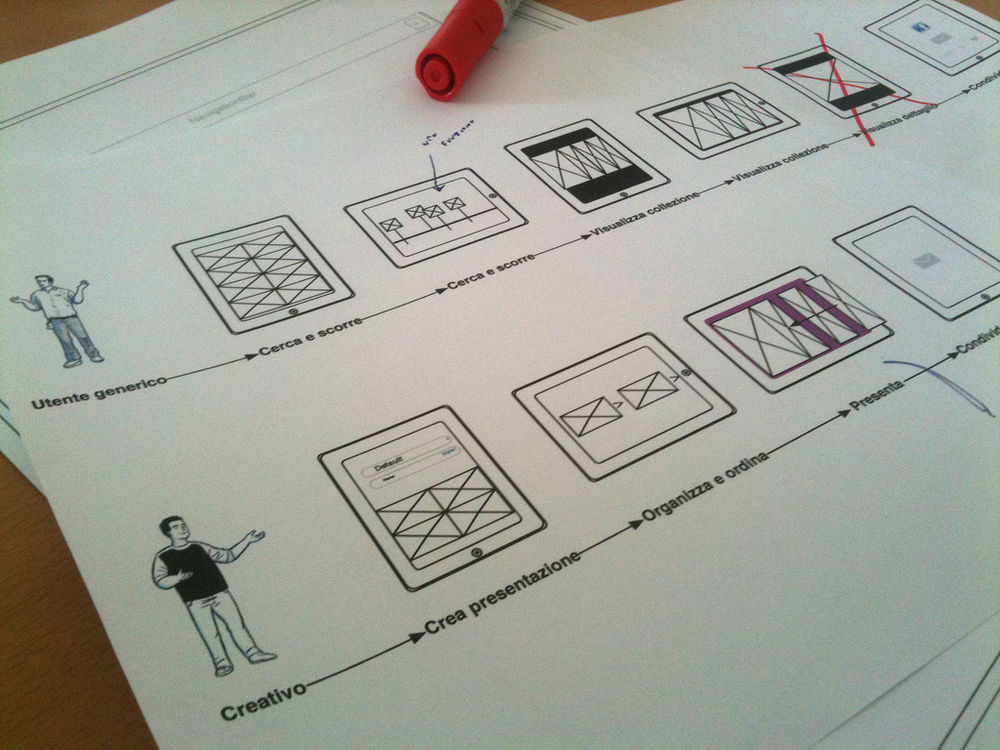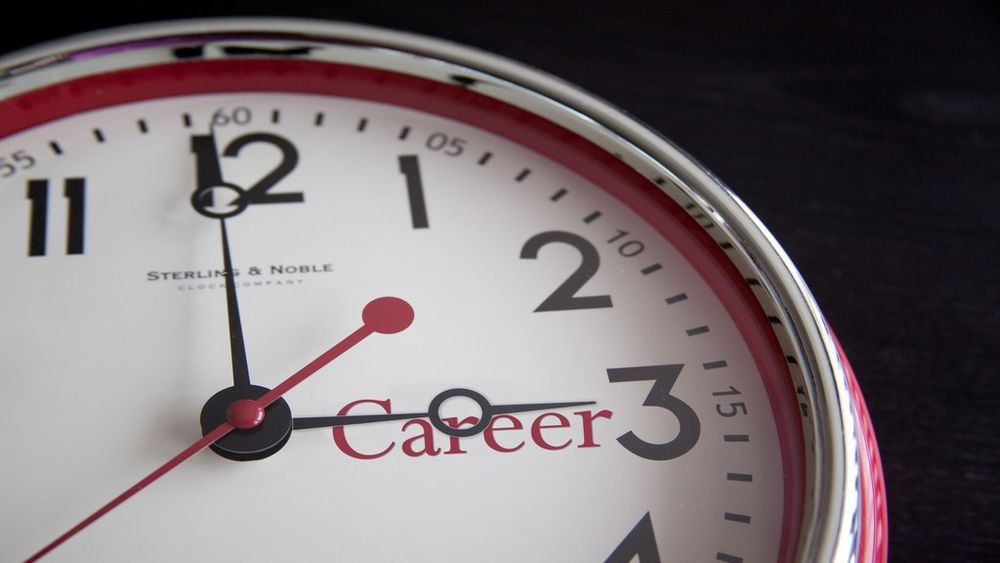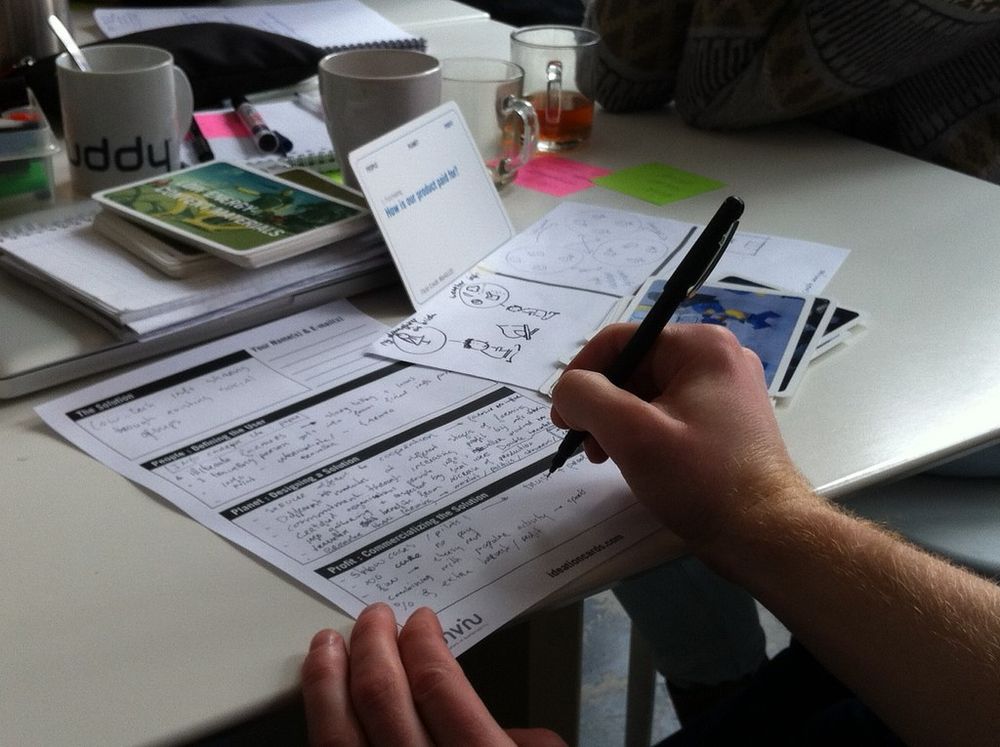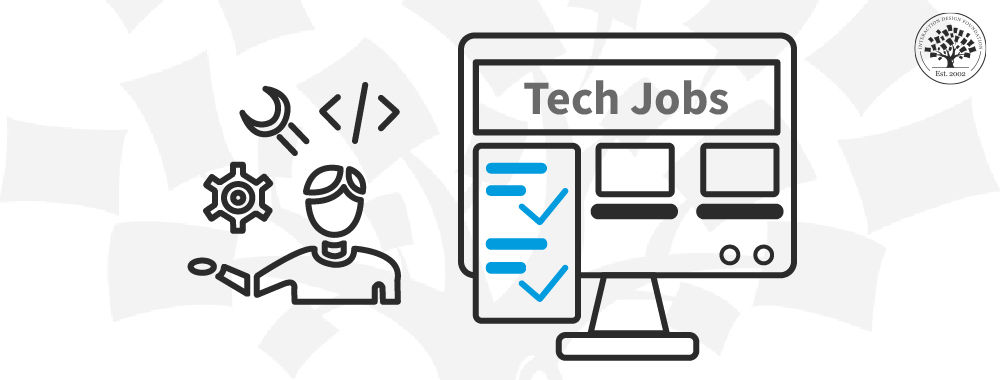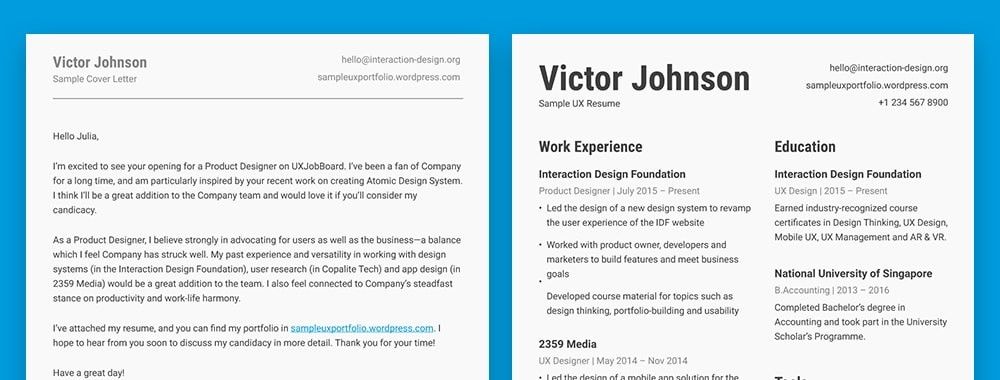Groupthink is dangerous to our objectivity. It prevents us from thinking for ourselves and making the best decisions. Designers need to be cautious about falling into the bandwagon bias trap but also be aware of how it can be exploited in their designs to improve user experiences and get users to make the decisions the designer wants them to make.
We, human beings, are social creatures. The urge to belong and to conform is strong within us – it helps us form relationships and brings meaning to our lives. It also has a downside; it can make us conform to the wrong beliefs or take the wrong actions because well… “everyone knows…”. For example, nowadays, social media have an enormous effect on groupthink.
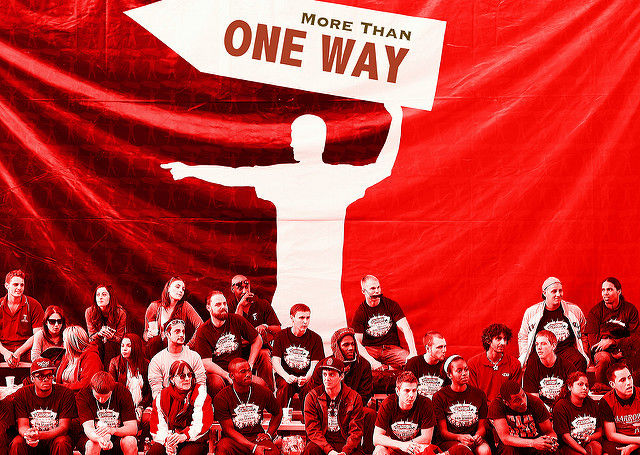
Author/Copyright holder: Keoni Cabral. Copyright terms and licence: CC BY 2.0
The science fiction author, Robert Heinlein, had this to say about this urge; “If everybody knows such and such, then it ain’t so, by at least ten thousand to one.” Of course, that statement might be a little strong – everybody knows that if you eat enough cyanide you’re going to die but there’s a great element of truth to the idea too. Back in the 1950s people believed smoking was good for you and it wasn’t. Today, many people believe that sugar in your diet is bad for you; it’s not but it is in excess. And so on.
Bandwagon bias is a form of groupthink. It’s a cognitive bias that makes us believe something because other people believe it. It can make us think something that is achievable is impossible because others have tried and failed before us. It can make us think that there’s only way to tackle a problem because; “that’s the way it’s always been done.”
Tackling our own bandwagon biases is important because it frees us up to be creative and to think for ourselves. It allows us to rise to meet challenges rather than falling at the first hurdle.
However, on the flip side, we can also tap into the bandwagon bias in our designs. The most obvious way to do so is by the use of “social proof”. This is why reviews and star ratings have become such an intrinsic part of online marketing – people are more likely to buy a product or service when they can see that many other people did so and were happy with that decision.
A History of the Bandwagon Bias

Author/Copyright holder: khrawlings . Copyright terms and licence: CC BY 2.0)
The term “bandwagon” in this context became popular in the mid-19th century as a form of derision in American political relationships. It was drawn from a chap called Dan Rice. Dan was a circus clown who performed across the USA. He was incredibly popular and when he came to a place to promote his show – local folks would, literally, “jump on the bandwagon” to participate in his promotions.
It’s not like a politician to miss a trick and when they got wind of Dan’s popular displays – they decide to emulate his work. They added music and bandwagons of their own to their campaigns, to encourage their supporters to “jump on the bandwagon”.
However, the public was as cynical about politics back then as it is today and soon “jumping on the bandwagon” was a phrase that held negative connotations. By the start of the 20th century the phrase was used to mock the person who followed the herd without engaging their brain.
The Bandwagon Bias and You
Like all cognitive biases most of us suffer from the bandwagon bias at some point or other. It might be simply expressed for example; a preference for Apple computers because “everyone knows they’re the best computers for designers”. This is at best a subjective judgement and at worst completely untrue. The reality is that the right tool for design is one you can afford and one which does what you need it to do. Most modern-PCs are as capable as an Apple computer of conducting design related work.
Or it might be a little more complex; “We do it like this at XYZ company because my boss did it like this before me and his boss before him.” None of that means that there isn’t a better way to do things, does it?
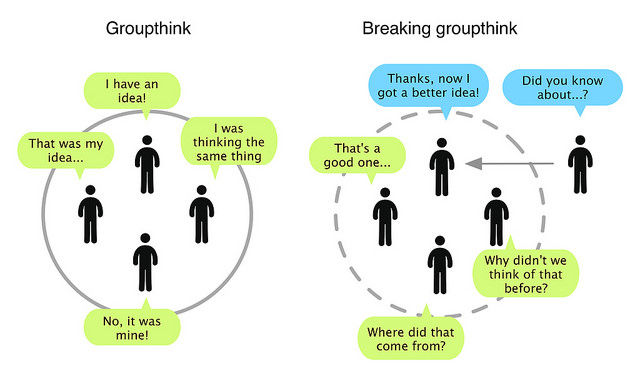
Author/Copyright holder: Oscar Berg. Copyright terms and licence: CC BY 2.0
It’s difficult to recognize our biases and the bandwagon bias is no different. We can start by asking ourselves why we believe what we believe and then probing the reasoning until we reach a strong understanding. Then we can ask; “Is that rational?” If the answer is “no” and it might take a bit of soul searching to come to that – then we must tackle the bias.
It can be much easier to tackle biases through the use of a coach or someone that can work with you in a “verbal sparring”. They can help draw out your biases and ask the questions to help you examine them more clearly.
The Take Away
The bandwagon bias is not always incorrect. However, when it is wrong – it limits our ability to carry out work effectively. It’s worth challenging our biases and examining them in context so that we can make informed decisions and generate better work.
Don’t forget that user experience designers can tap into the bandwagon bias via social proof – to improve the experience and customer journey of their products. Though don’t overdo it; people are beginning to distrust social proof due to its overuse and unreliability.
References & Where to Learn More:
Check out our Design League program if you’d like to tackle your own cognitive biases with expert guidance.
More on how to leverage the mechanisms of social computing.
NetMind examines the bandwagon bias and other cognitive biases.
How can social biases affect writers? Read all about it! -
Hero image: Author/Copyright holder: Jeff Warren. Copyright terms and licence: CC BY-SA 2.0

